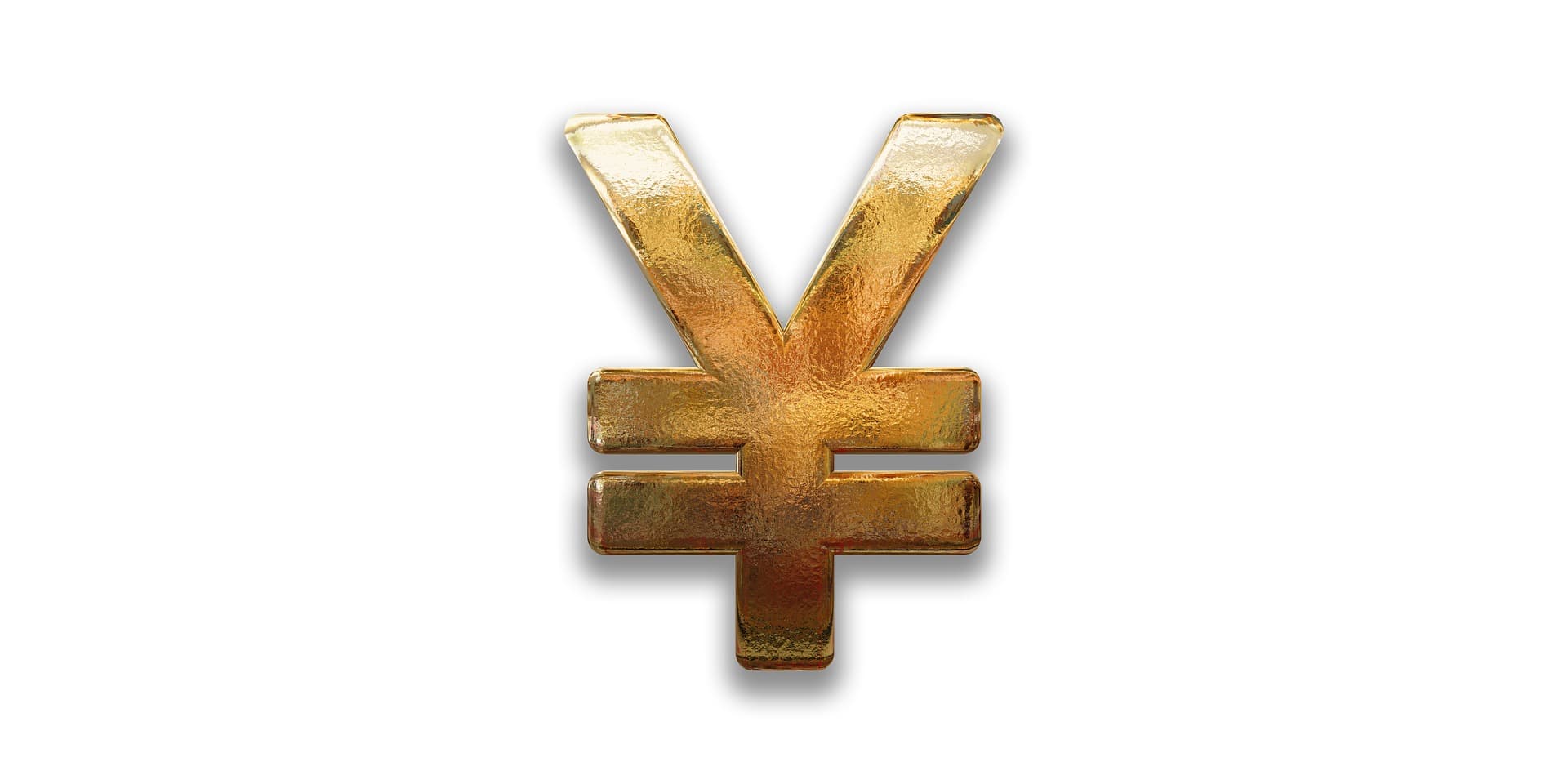

• The yen was the worst performing currency in 2021 and is trading at its weakest level since early 2017.
• But significant Fed hawkishness has already been priced and equity markets are becoming more volatile, which could point to yen strength.
• Moreover, USD/JPY typically falls at the start of Fed hiking cycle. We could see a move down to 110 and we add a short USD/JPY trade to our portfolio.
This article is only available to Macro Hive subscribers. Sign-up to receive world-class macro analysis with a daily curated newsletter, podcast, original content from award-winning researchers, cross market strategy, equity insights, trade ideas, crypto flow frameworks, academic paper summaries, explanation and analysis of market-moving events, community investor chat room, and more.
- The yen was the worst performing currency in 2021 and is trading at its weakest level since early 2017.
- But significant Fed hawkishness has already been priced and equity markets are becoming more volatile, which could point to yen strength.
- Moreover, USD/JPY typically falls at the start of Fed hiking cycle. We could see a move down to 110 and we add a short USD/JPY trade to our portfolio.
Last year, the yen had its largest annual decline since 2014 and it is currently trading at its lowest since the start of 2017. This suggests additional yen weakness may be harder to come by. Indeed, even in 2021, USD/JPY saw several corrections lower of 2%-3% – a similar move now would see USD/JPY fall to 112. But we could see an even larger move down to 110.
Admittedly, one of the big drivers of yen weakness, Fed hawkishness and the associated rise in US yields relative to Japanese yields, appears to still be moving in favour of a higher USD/JPY (Chart 1). But with markets pricing 3.5 hikes by the Fed over 2022 and an 80% chance of a hike in March, there may be more limited scope for yields spreads to move much higher from here. Moreover, USD/JPY typically falls at the start of Fed hiking cycles (Chart 2). For example, the Fed initially hiked in December 2015 when USD/JPY was trading around 120 – within six months it had fallen to 100.
Finally, risk markets, such as equities, appear to be reacting more strongly to the rise in US yields. Already, US tech stocks have fallen by close to 5% so far this year. The yen typically performs well in risk-off periods. Using the equity volatility as a proxy for risk sentiment we find that USD/JPY tends to fall (yen strengthens) when equity volatility rises (Chart 3).
Therefore, even though yen weakness appears strong, the underlying drivers of the weakness appear to be faltering. We therefore think there is scope for a meaningful bout of yen strength which could see USD/JPY fall to 110 and we add a short USD/JPY trade to our portfolio. One could also buy six-month USD/JPY put spreads 115/110 which have around 3.5 to one payoffs.


